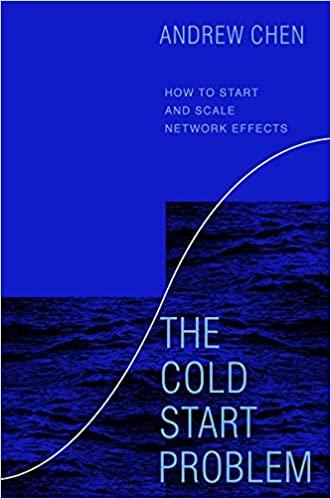b. If Fethe makes the investment today, then it will have the option to renew the franchise fee for 2 more years at the end of Year 2 for an additional payment of $20,000. In this case, the cash flows that occurred in Years 1 and 2 will be repeated (so if demand was good in Years 1 and 2, it will continue to be good in Years 3 and 4). Write out the decision tree. Note: The franchise fee payment at the end of Year 2 is known, so it should be discounted at the risk-free rate, which is 5%. Select the correct decision tree. 40% Prob, Good Bad 60% Prob 40% Prob Good Bad 60% Prob 0 1 20.000 4.000 2 3 4 4.000 4.000 4.000 20.000 (r= 5%) 20.000 25.000 25.000 0 r = 14% 0 0 3 20.000 25.000 25.000 25.000 25.000 - 20.000 (r= 5%) - 20.000 4.000 4.000 40% Prob, Good Bad 60% Prob 40% Prob, Good Bad 60% Prob B 0 1 2 3 4 20.000 25.000 25.000 25.000 25.000 20.000 (r= 5%) 20.000 4.000 4.000 4,000 4,000 D F = 5% 2 3 0 1 20.000 25.000 25.000 25.000 25.000 20.000 (r = 14%) 20.000 4.000 4.000 The correct graph is-Select- Use decision-tree analysis to calculate the expected NPV of this project, including the option to continue for an additional 2 years. Negative values, if any, should be indicated by a minus sign. Round your answer to the nearest dollar. Growth Option: Decision-Tree Analysis Fethe's Funny Hats is considering selling trademarked, orange-haired curly wigs for University of Tennessee football games. The purchase cost for a 2-year franchise to sell the wigs is $20,000. If demand is good (40% probability), then the net cash flows will be $25,000 per year for 2 years. If demand is bad (60% probability), then the net cash flows will be $4,000 per year for 2 years. Fethe's cost of capital is 14%. Do not round intermediate calculations. a. What is the expected NPV of the project? Negative value, if any, should be indicated by a minus sign. Round your answer to the nearest dollar. $ b. If Fethe makes the investment today, then it will have the option to renew the franchise fee for 2 more years at the end of Year 2 for an additional payment of $20,000. In this case, the cash flows that occurred in Years 1 and 2 will be repeated (so if demand was good in Years 1 and 2, it will continue to be good in Years 3 and 4). Write out the decision tree. Note: The franchise fee payment at the end of Year 2 is known, so it should be discounted at the risk-free rate, which is 5%. Select the correct decision tree. 40% Prob Good Bad 60% Prob 40% Prob Good Bad 60% Prob r = 14% 0 1 20.000 4.000 A 4.000 4.000 4.000 20.000 ( 5%) -20.000 25000 25.000 0 F = 14% 1 20.000 25.000 2 25.000 25.000 25.000 20.000 (5%) 20.000 4.000 4.000 0 0 0 40% Prob Good Bad 60% Prob 40% Prob Good Bad 60% Prob r = 14% 2 20,000 25,000 25.000 25.000 25.000 20.000 (5%) -20.000 4000 B 5% 4,000 4,000 4.000 20,000 25.000 25.000 25.000 25.000 20.000 (14%) -20.000 4.000 4,000 0 0 The correct graph is -Select- Use decision-tree analysis to calculate the expected NPV of this project, including the option to continue for an additional 2 years. Negative








